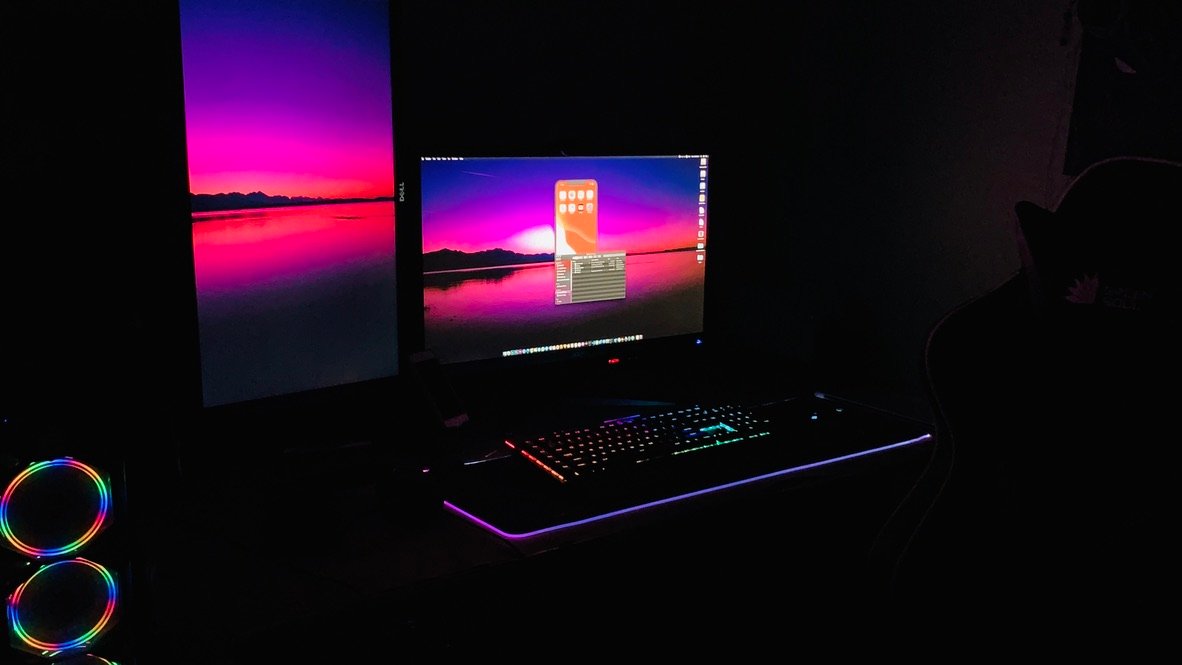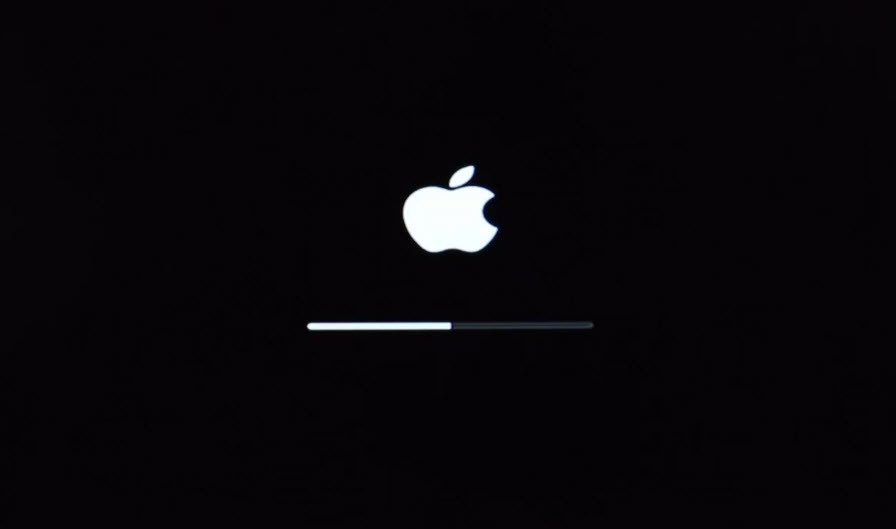Clover is a boot manager that allows you to select the OS you want to boot with. It is used mostly by Hackintosh users, that is, people that install MacOSX (along with other OSs, like Linux and Windows) on a non-Apple machine.
Clover Configurator is an application to edit and generate Config.plist files of Clover Bootloader. Create your own Clover EFI config files via a streamlined and well organized graphical user interface. Thanks to its easy design, finding your way around the Clover Configurator application is very easy. Same here, got stuck on apple logo forever or in bunch of when verbose and safe mode. Erik 1 year ago Reply I created a bootable usb with the guide above, but when I try to boot I get into the clover screen and select macOS the apple logo shows but than hangs forever. Clover – This is a bootloader writer which can allow you to customize certain conditions so that you can boot your Mac operating system in a Hackintosh. Plist – Some configuration to allow the initial installation of the Mac USB to complete booting up. Clover Configurator- A program that will create a plist. If you are having any trouble, first try this string. It works on a lot of systems with Intel HD Graphics to get into the OS X Installer from a Unibeast USB.-v -x -s -no-zp If you have an NVIDIA Desktop GPU, use this string to boot into the installer:-v -x -s nvdisable=1 If all else fails, or you don't know where to start, use this string.
The Clover configuration can be quite tricky, and if you’re not lucky you can easily mess it up. That’s why it’s more than advisable to keep a backup of the /EFI/CLOVER/config.plist configuration file.
If you happen to break down your MacOSX boot, but you still have a working Windows boot on the same machine, you can follow these steps in order to restore a backup of config.plist:
- Open an administrator console (run
cmd.exeas Administrator) and type the following: diskpart(open diskpart)list disk(list your hard drives with)select disk 1(select the disk where your Clover EFI boot has been installed. 1 is just an example)list partition(list the partitions available on the selected disk)select partition 1(select the boot EFI partition)assign letter=s(assign a letter. S in this case)exit(exit diskpart)s:(go to the just mounted boot partition)cd EFICLOVERcopy c:backupsconfig.plist .(c:backups is just an example. Replace this path by the path where you have your config.plist backup)
If everything worked fine, you can now restart and use your MacOSX boot again.
In addition to that, some Clover prefixes that can help you find out what went wrong are:

-xstart using the safe mode-vverbose mode
You can find more information about Hackintosh and Clover on tonymac86.
Well, this is a list of common boot flags for chameleon based bootloaders, I always forget them, so decided to put it here for “once and for all”… feel free to add more flags in comments if you like 🙂
-x– safe boot
-v– boot inverbose mode, to see actual error or kernel panic error
-f – reload all kext and dump the boot config cache
-s – single user

-F
If you enter some extra boot flags into org.Chameleon.boot.plist, but they’re messing up your Hackintosh’s bootloader, enter the -F boot flag to ignore them.
-force64
Forces Mac OS X to boot into 64-bit mode.
-legacy
System loads in 32 bit mode while running on 64 bit version of Os X.

rd=diskXsX
Tells where is the boot partition, first X is hdd sata port and second X is partition number ( rd=disk0s1), sometimes can fix “Waiting for boot volume UUID” error.
platform=ACPI
Hackintosh Safe Mode Clover Free
platform=X86PC (non ACPI)
platform=ACPI|86PC (if ACPI fails do not use it)
cpus=1
Limit the number of processor cores (usually used for AMD processors).
PCIRootUID=1
Some AMD Radeon cards wont boot without it, PCIRootUID=1 or PCIRootUID=0
arch=i386
Forces Mac OS X to boot into 32-bit mode. Useful for older PC’s if CPU or graphics card isn’t fully supported in OSX 64 bit mod. No longer works in OS X Mountain Lion which is 64 bit only.
arch=x86_64
Allows Mac OS X to boot into 64-bit mode.

Hackintosh Safe Mode Clover Game
mach_kernel
Locate the kernel (“mach_kernel”), if your Hackintosh says that it can’t find mach_kernel, and if the kernel is located in the Extra folder, enter the boot flag /Extra/mach_kernel. If you testing new kernel, call it custom and than enter “custom” flag to boot it with custom kernel without of removing old kernel.
darkwake=0
Disable wake up of certain parts of your Mac from sleep, while leaving other parts in sleep mode. This feature often messes up sleep on Hackintoshes. Enter darkwake=1 to turn it on, if turning it off doesn’t do the trick). if your verbose boot is freezing be sure to remove SleepEnabler.kext completely by deleting it from either /Extra/Extensions or /System/Library/Extensions in your hard drive.
Hackintosh Safe Mode Clover Login
GraphicsEnabler=No orGraphicsEnabler=Yes
It’s turned on by default when you set up your Hackintosh with latest Multibeast. Certain graphics cards (AMD Radeon cards), may make Mac OS X unable to boot, or cause the graphics in Mac OS X to display incorrectly. If this is the case use this flag. Turning GraphicsEnabler off will break DVD Player, most games, video and audio editing apps etc… NVIDIA 600 series no longer require GraphicsEnabler to work with OSX so turning off GraphicsEnabler won’t cause any problems.
debug=0x100 or debug=0x144
Turns on debug mode. If you get a kernel panic use either of these boot flags, and you’ll see a debug screen full of code instead of a kernel panic message.
Hackintosh Safe Mode Clover Key
DSTD=/Extra/DSDT_test.aml
Safe way to test newly patched DSDT file. First rename your new DSDT.aml file to DSDT_test.aml and than copy it to /Extra folder. Or can be used otherway around for DSDT_backup.aml.
Hackintosh Safe Mode Clover
dart=0
If you can’t boot with OS X and VT-x/VT-d enabled in BIOS, use this flag (UEFI BIOS).